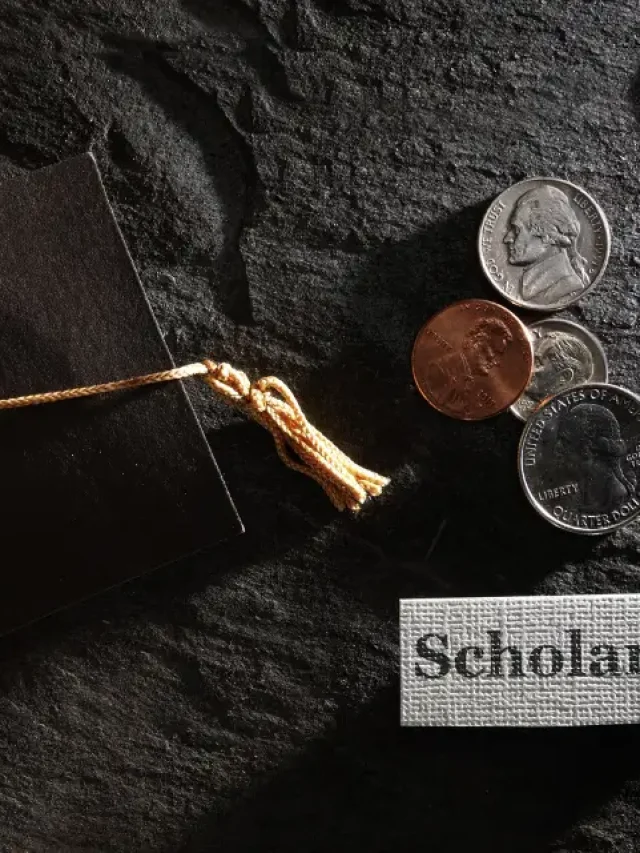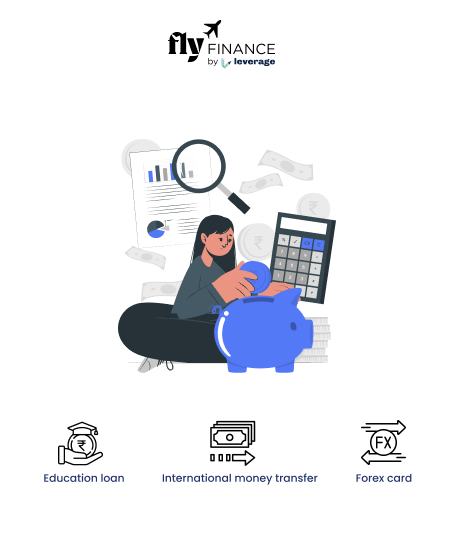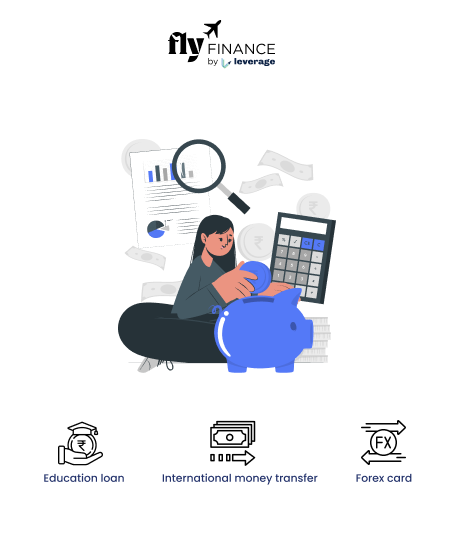When it comes to basic banking services, many individuals often get confused between different account types, especially the difference between BSBDA and No Frills accounts. Both accounts aim to promote financial inclusion and provide essential banking services. However, despite their similarities, these two account types serve different purposes and come with distinct features that set them apart.
Understanding the difference between BSBDA and No Frills Account is crucial for choosing the right option based on your financial needs. While BSBDA focuses on offering a zero-balance account with free basic banking services, the No Frills Account was an earlier initiative designed to provide a low-cost banking solution with minimal requirements. In this blog, we will explore their key features, benefits, and how they differ, helping you make an informed decision.
Table of contents
What is a BSBDA Account?
A BSBDA Account (full form of BSBDA is Basic Savings Bank Deposit Account) is a type of savings account introduced by the Reserve Bank of India (RBI) to ensure that everyone has access to banking services, regardless of their financial background. These accounts come with certain benefits and limitations:
Features of BSBDA Account:
- Zero Balance Requirement: There is no need to maintain a minimum balance.
- Limited Free Transactions: Customers get a fixed number of free transactions, including ATM withdrawals and fund transfers.
- No Charges for Basic Services: Essential banking services such as deposits, withdrawals, and transfers are provided free of cost.
- Eligibility: Any individual can open a BSBDA account with valid KYC documents.
- Restricted Transactions: If the account holder exceeds the prescribed transaction limit, the bank may convert the BSBDA into a regular savings account as per the RBI guidelines on the BSBDA account.
Also Read: Explore a list of banks in India offering zero balance accounts. Open an account with no minimum balance requirement with the best bank.
What is a No Frills Account?
Before the introduction of BSBDA, banks offered No Frills Accounts to provide basic banking services to individuals who could not afford to maintain a minimum balance. However, these accounts had several limitations, which led to their replacement by BSBDA accounts in 2012.
Features of No Frills Account:
- Low or Zero Balance Requirement: Initially, No Frills Accounts required either a very low balance or no balance at all.
- Limited Banking Services: These accounts provided only basic facilities, restricting many modern banking features.
- Higher Transaction Charges: Customers were often charged fees for exceeding the limited number of transactions.
- Discontinued in 2012: RBI replaced No Frills Accounts with BSBDA accounts to standardize financial inclusion efforts.
Also Read: Discover the benefits of opening a zero balance minor account online. Learn about the features, application process, and criteria.
Key Differences Between BSBDA and No Frills Account
The difference between BSBDA and No Frills Account lies in their evolution, accessibility, and the range of services they offer.
The No Frills Account was initially introduced by the Reserve Bank of India (RBI) to offer a basic, low-cost banking solution with minimal requirements. However, over time, it was replaced by the BSBDA in 2012 to standardize basic banking services across financial institutions.
The difference between BSBDA and No Frills Accounts became more evident when BSBDA was made a mandatory offering for all banks, ensuring that customers received essential services without having to maintain a minimum balance.
On the other hand, No Frills Accounts had varied terms across banks, often restricting the scope of free services. Understanding these key differences can help individuals make informed choices when selecting a basic savings account that best meets their financial needs.
| Feature | BSBDA Account | No Frills Account |
| Minimum Balance | Zero balance required | A low or zero balance required |
| Availability | Available to all individuals | Previously available but discontinued |
| Transaction Limitations | Limited free transactions; excessive transactions may lead to conversion into a regular savings account | Strict transaction limitations with higher fees |
| Banking Services | Free basic banking services (withdrawals, deposits, fund transfers) | Limited services with restrictions on transactions |
| Regulation | Introduced by RBI in 2012 to replace No Frills Accounts | Existed before 2012 and was replaced by BSBDA |
Which Account Should You Choose?
Choosing between a BSBDA and a No Frills Account depends on what you need from your bank account. Both accounts are designed to help individuals who may not have access to regular banking services, but they serve slightly different purposes.
The difference between BSBDA and No Frills Account is mainly in the services offered and the way they operate.
BSBDA is ideal for individuals looking for a zero-balance account that offers essential banking services. It is perfect for people who are new to banking or those who want a simple, no-cost option to save money and conduct basic transactions.
No Frills Account is suitable for those who are looking for a low-cost, simplified banking experience with minimal services. It may also be better for people who need a little more flexibility, such as having access to a debit card or a limited number of free ATM withdrawals.
FAQs on the Difference Between BSBDA and No Frills Account
The main difference between BSBDA and No Frills Account is that BSBDA is a standardized zero-balance savings account mandated by the RBI, while No Frills Account was an earlier initiative with varying rules across banks.
Yes, BSBDA accounts come with zero balance requirements and free basic banking services, whereas No Frills Accounts have certain limitations and charges for additional services.
The RBI introduced BSBDA in 2012 to standardize basic savings accounts across banks and provide better financial inclusion with uniform rules.
Yes, but BSBDA accounts provide a fixed number of free ATM withdrawals, while No Frills Accounts often have limited or chargeable ATM usage.
Yes, but you cannot have multiple BSBDA accounts in the same bank. You can have it in a different bank.
Yes, most banks provide basic digital banking services for BSBDA accounts. No Frills Accounts had limited digital access.
BSBDA is ideal for students, daily wage earners, low-income individuals, or anyone seeking a zero-balance savings account.
BSBDA may offer chequebooks at the bank’s discretion, while No Frills Accounts typically did not provide them.
Yes, but you may need to maintain a minimum balance and follow the bank’s conversion process.
BSBDA is the better option since it is a regulated and standardized initiative by the RBI, ensuring access to essential banking services for all.
To learn more about education loans, the best bank accounts for students, forex, banking experience for global students, or international money transfers, reach out to our experts at 1800572126 to help ease your experience with studying abroad.
Follow Us on Social Media





























